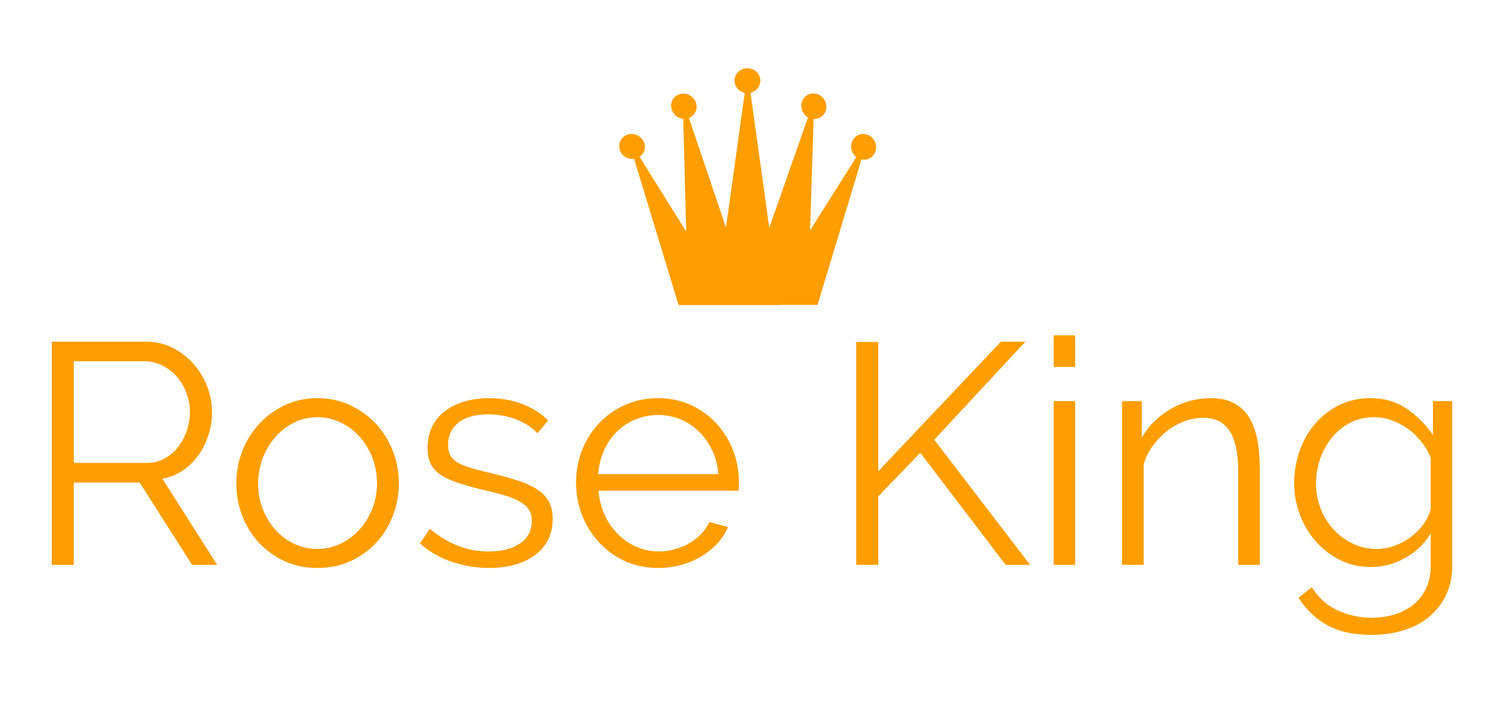In my last blog post, I talked about three major mistakes people make with PowerPoint and how to avoid them. Today I’ll discuss using the space between the screen and audience more effectively via the Speaker’s Triangle.*
What’s the Speaker’s Triangle?
The Speaker’s Triangle is an area between the slides and audience. It’s on one side of the stage with the screen on the other. The space shouldn’t overlap with the projected image at all. (In other words, don’t move into the line of sight — like this picture. That projects the slide on your face and blocks it. Big no-no’s.)
Instead, stand in one of three spots in the Speaker’s Triangle. Where? It depends on what you’re saying.
Where Should I Stand?
The Speaker’s Triangle – Use the stage more effectively by standing in one of these three spots, based on the type of material you’re presenting.
Position #1 is closer to the screen than the audience. Stand here when you’re talking about detailed material on the screen, such as a graph or map. Don’t face the screen, but gesture to the axis or location you’re addressing.
Position #2 is half way between the screen and the audience. Speak from this spot for the majority of your presentation.
Position #3 is closest to the audience. It’s a great place to tell a story or share something that’s meant to have a significant emotional impact. It’s also the best spot for answering questions during Q&A.
Common Questions
Q: Why should I spend most of my time in the middle of the Speaker’s Triangle?
A: Position #2 is a neutral spot. Being too close to the audience for the entire talk (#3) can come across as overbearing. It also eliminates the chance for you to move forward and “disclose” something personal or heartwarming. On the flip side, being too close to the screen (#1) suggests you may be relying on your slides too heavily (or worse, you’re anxious and therefore standing really far away from the audience!)
Q: What if the stage isn’t configured this way?
A: You can still use the three general principles of the Speaker’s Triangle. The most important take-away for your presentation is to plan ahead. Before you start talking, know where you want to stand during different parts of your speech. Again, let the substance of the material guide you (or send me an email … I’ll help too).
Q: What if I need to get to the other side of the stage?
A: You can’t really. You shouldn’t walk behind the screen (ever) or across the front of it, projecting images on your face. If you’re doing Q&A after your presentation, my advice is to turn the slides off. Speakers rarely reference or need them during Q&A so frankly, they can become a distraction. With the projector turned off, you can move freely to the middle of the stage. Or better yet, you can move to the side of the space, depending on where the Q&A mics are located in the audience.
*PS - I came across the term, “Speaker’s Triangle,” about 5 years ago. If you know who coined the term, please let me know.
Thanks and I’d love to hear your stories about stages and slides. – Rose. rose@rosespeechwriter.com.
###


